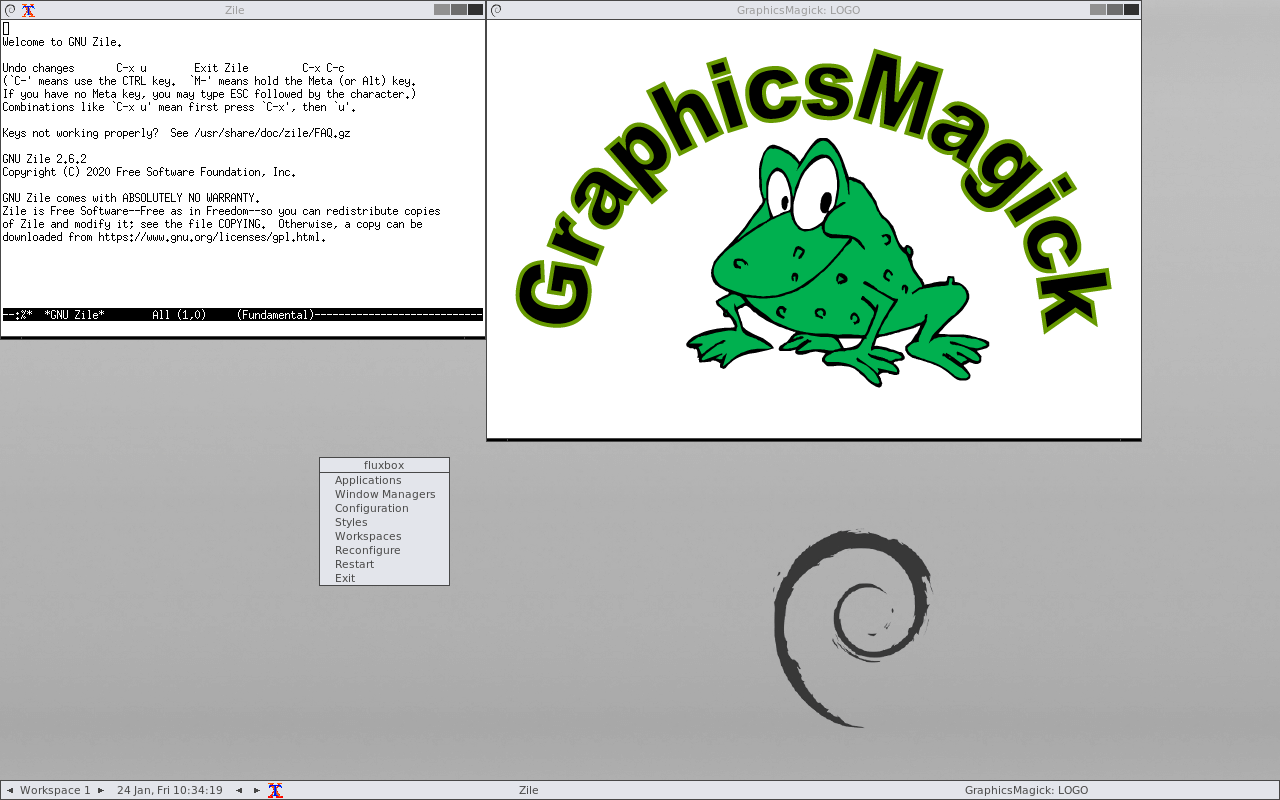Grml is a bootable live system (Live-CD) based on Debian.
Grml includes a collection of Linux software especially for system administrators. Users don’t have to install anything on fixed storage. Grml is especially well suited for administrative tasks like installation, deployment and system rescue. Grml can also be used as a working environment.
The default interactive shell is Zsh and is configured with a very powerful setup (known as grml-zshrc), including a nifty completion mechanism.
Grml comes close to “argl” or “grrr” in English. People use this when they want to express their dissatisfaction with software (amongst other things).
System Requirements:
- 64-bit x86 CPU (Intel Prescott or later, or AMD K8 or later, in 64-bit mode).
- or 64-bit ARM CPUs (v8).
- at least 1GB RAM. Preferably more.
- either a USB-boot capable system, a bootable CD-/DVD-ROM drive, or a network card for booting via network/PXE.

| Working state: | Active |
| Desktop: | Fluxbox |
| Init Software: | systemd |
| Package Management: | APT |
| Release Model: | Fixed |
| Platforms: | x86_64, ARM64 |
| Home Page: | grml.org |
| Developer: | Chris Hofstaedtler, Darshaka Pathirana, Frank Terbeck, Michael Prokop |
| This article is part of our Big List of Active Linux Distributions. |
What's a Linux distribution ("distro")? |
| A distro provides the user with a desktop environment, preloaded applications, and ways to update and maintain the system. Each distro makes different choices, deciding which open source projects to install and provides custom written programs. They can have different philosophies. Some distros are intended for desktop computers, some for servers without a graphical interface, and others for special uses. Because Linux is an open source operating system, combinations of software vary between Linux distros. |
This page was written with the help of a visitor who completed our distro form.
